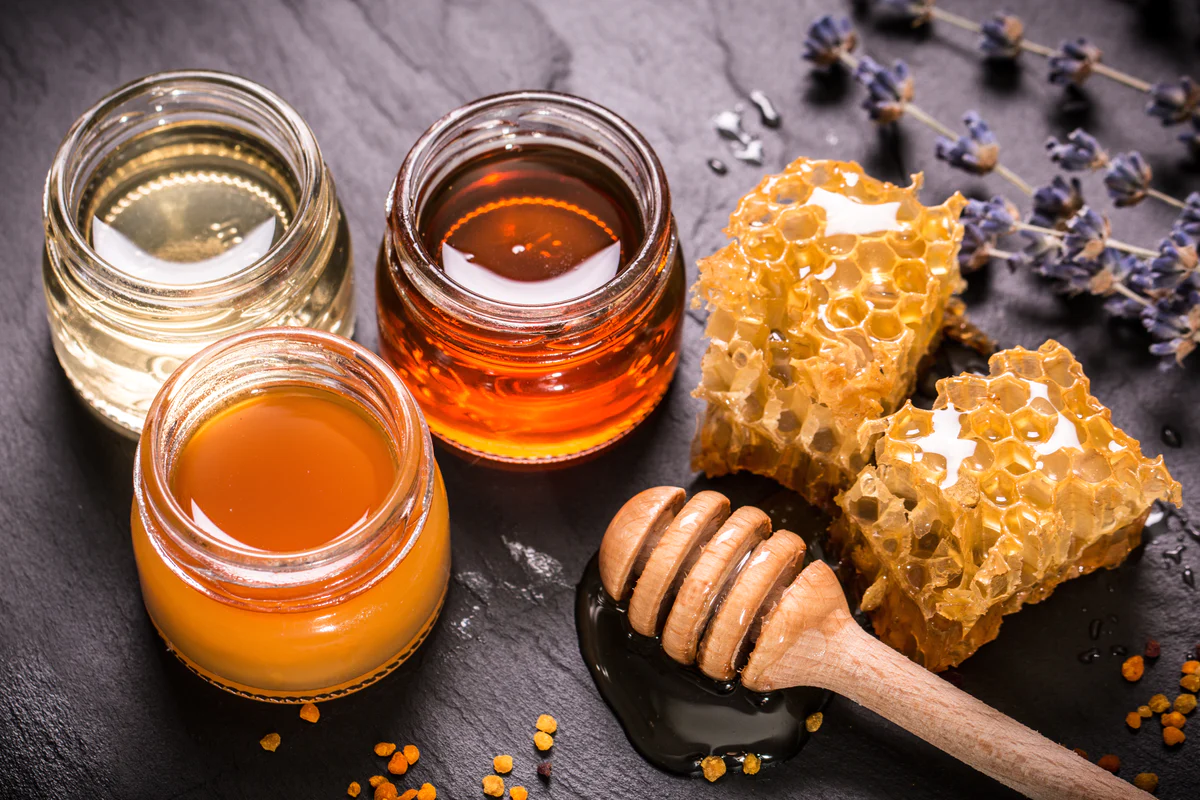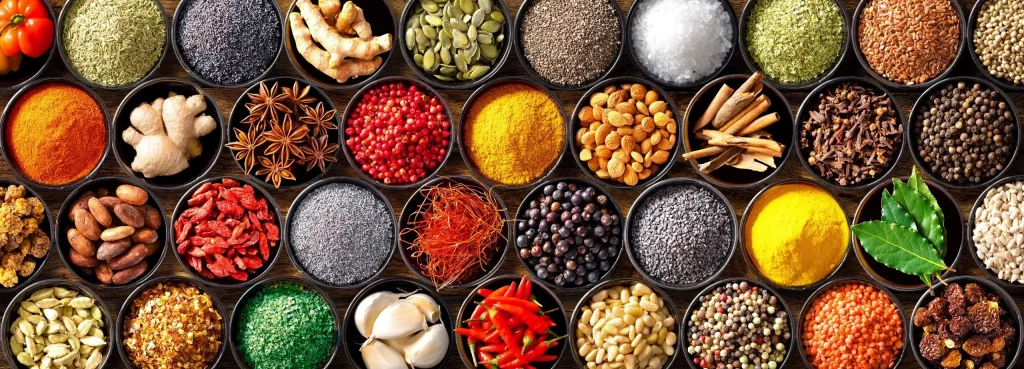Honey, often described as nature’s liquid gold, is more than just a sweetener. It is a fascinating testament to nature’s complexity, with its myriad of flavors, colors, and textures. The uniqueness of each type of honey is primarily due to the different flowers from which bees collect nectar. This journey from flower to hive results in a rich diversity of honey varieties, each telling a story of its specific landscape and floral environment.
The Art of Making Honey
The creation of honey is a delicate dance between bees and flowers. Bees collect nectar, a sweet liquid produced by flowers, which varies in sugar composition, scent, and taste depending on the flower. Back at the hive, this nectar undergoes a remarkable transformation. Through a process of digestion and regurgitation by the bees, combined with the evaporation of water, it becomes the thick, sweet substance known as honey.
The Influence of Flowers on Honey Varieties
The flavor, color, and texture of honey are greatly influenced by the types of flowers visited by the bees. Each flower imparts a unique nectar, which in turn gives the honey its distinct characteristics. For example, the nectar from lavender flowers results in honey with a subtle, floral aroma, while nectar from chestnut flowers might produce a darker, more robust honey.
The region where the bees forage plays a crucial role as well. The same species of flower can yield slightly different nectar based on its geographical location, affected by factors like soil type, climate, and altitude. This means that even within a single type of honey, such as clover or orange blossom, there can be variations in flavor and color.
Seasonal changes also impact the nectar flow. Bees produce different types of honey throughout the year, based on which flowers are in bloom. This seasonal rhythm adds to the diversity of honey, with certain varieties only available at specific times of the year.
The Sensory World of Honey
The sensory experience of honey is rich and diverse. Lighter-colored honeys, harvested from flowers like acacia, tend to have a milder, sweeter taste, making them perfect for culinary uses where a subtle sweetness is desired. In contrast, darker honeys, such as those from buckwheat flowers, have a stronger, more assertive flavor, often with hints of molasses or spice.
The texture of honey also varies, with some being smooth and pourable, while others take on a creamy or crystallized form. These variations are influenced by the floral source of the nectar, as well as the processing and storage methods used by the beekeeper.
Conclusion
In every drop of honey, there is a story of a particular place, a specific cluster of flowers, and the tireless work of bees. It represents a natural alchemy that turns flower nectar into a myriad of flavors and aromas. As we enjoy the different varieties of honey, we are not just savoring a sweet treat but also partaking in an age-old natural process that bridges the world of flora and fauna. Honey, in all its varieties, is a true wonder of the natural world. 🍯🐝🌺🌷🌹🌼🌿🌳🌍


